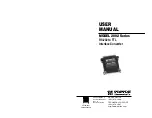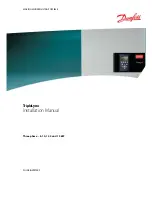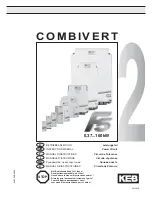
17
Operating
Understanding and enjoying the Kultube
The release parameter is also for the most part responsible for unobtrusive
compression. This means it is hard to find the perfect setting as with the Attack
control – particularly in the case of complex summed signals a fixed release
time may hardly be usable. As with the attack times you must always find
a compromise: for very fast and short signal peaks (e.g. drums and percus-
sion) you will want to select short release times (100 ms). But this setting is
usually unusable in all other parts of the musical piece, since now every single
dynamic change will be processed – which will quickly sound very rough and
distorted.
By selecting longer release times (1 s), the remaining sections will sound
quieter, but when short, loud peaks occur your music will start pumping. Here
again the PTC will yield better results.
Progressive Time Control (Release)
Here again we are talking about an automatic release that can be influ-
enced by the release control. When PTC release control is activated, the
Kultube calculates an average of the levels that the music signal is providing.
Automatic control of the release time now refers to this average value, so that
while short, loud peaks are handled correspondingly fast, when it comes to
complex material (summed) the system will not respond to each and every
little peak near the average.
Furthermore the PTC allows you to affect the averaging: the faster the
release time in PTC mode, the more signal components are included in the
processing. This means you will want to select rather slower release values
for summed signals, whereas drum processing for example will yield the best
results using fast settings.
How various settings for a drum loop might look is shown in Figs. 7a-c. Line
A represents the control voltage for the discrete gain cell (instead of VCAs),
Line B the rectified musical signal, and C the averaging.
Fig. 7a
A
B
C








































